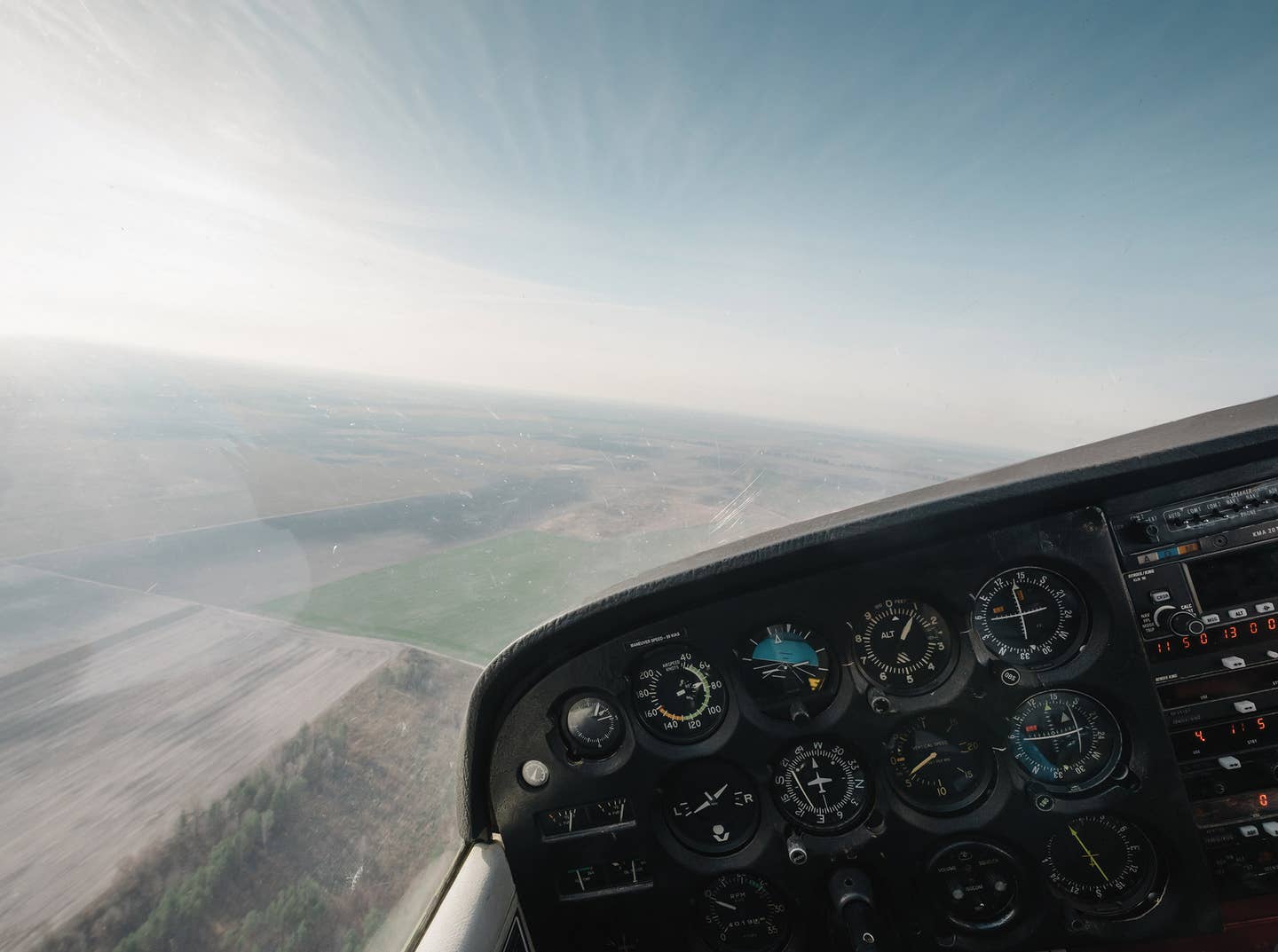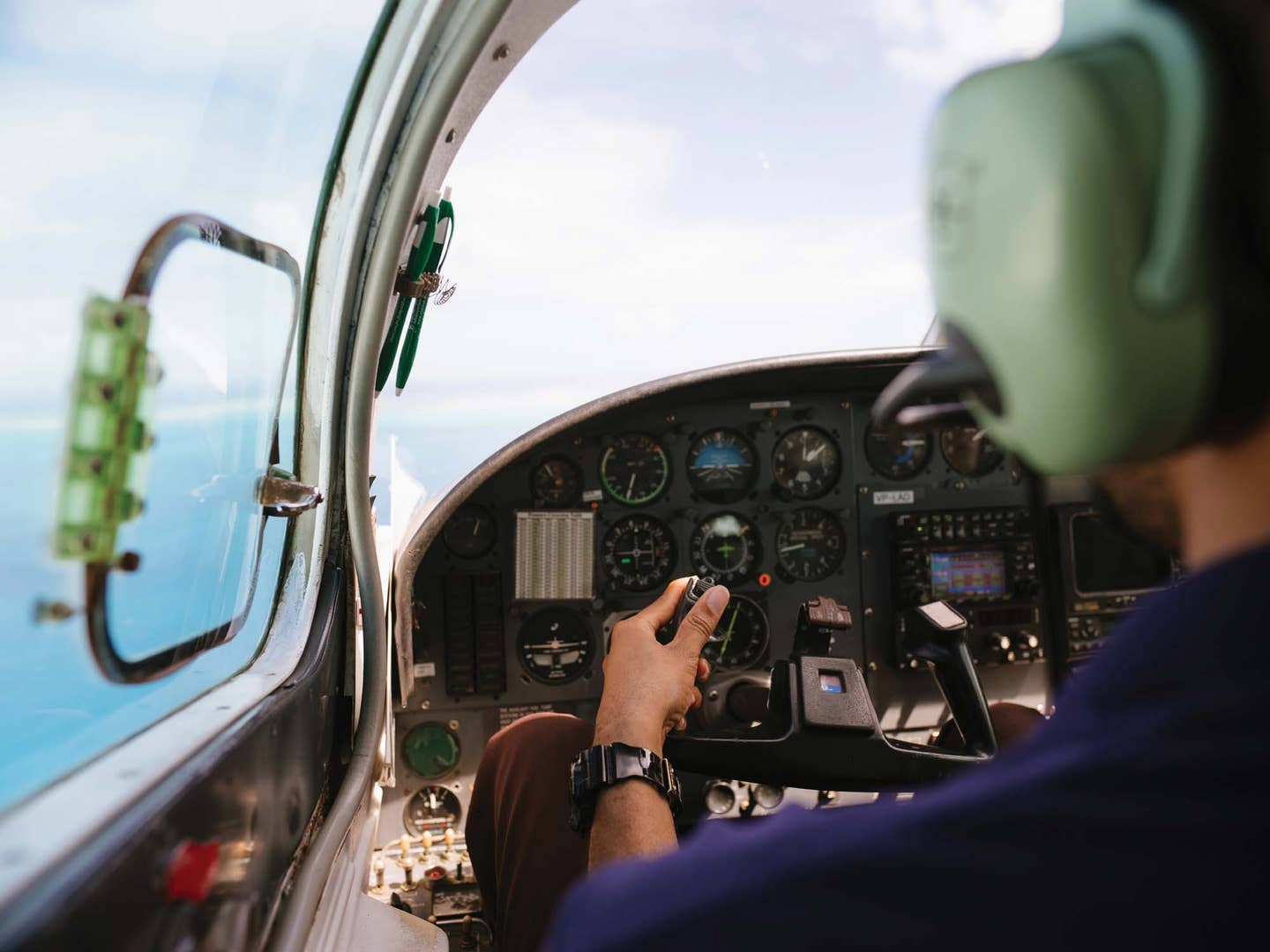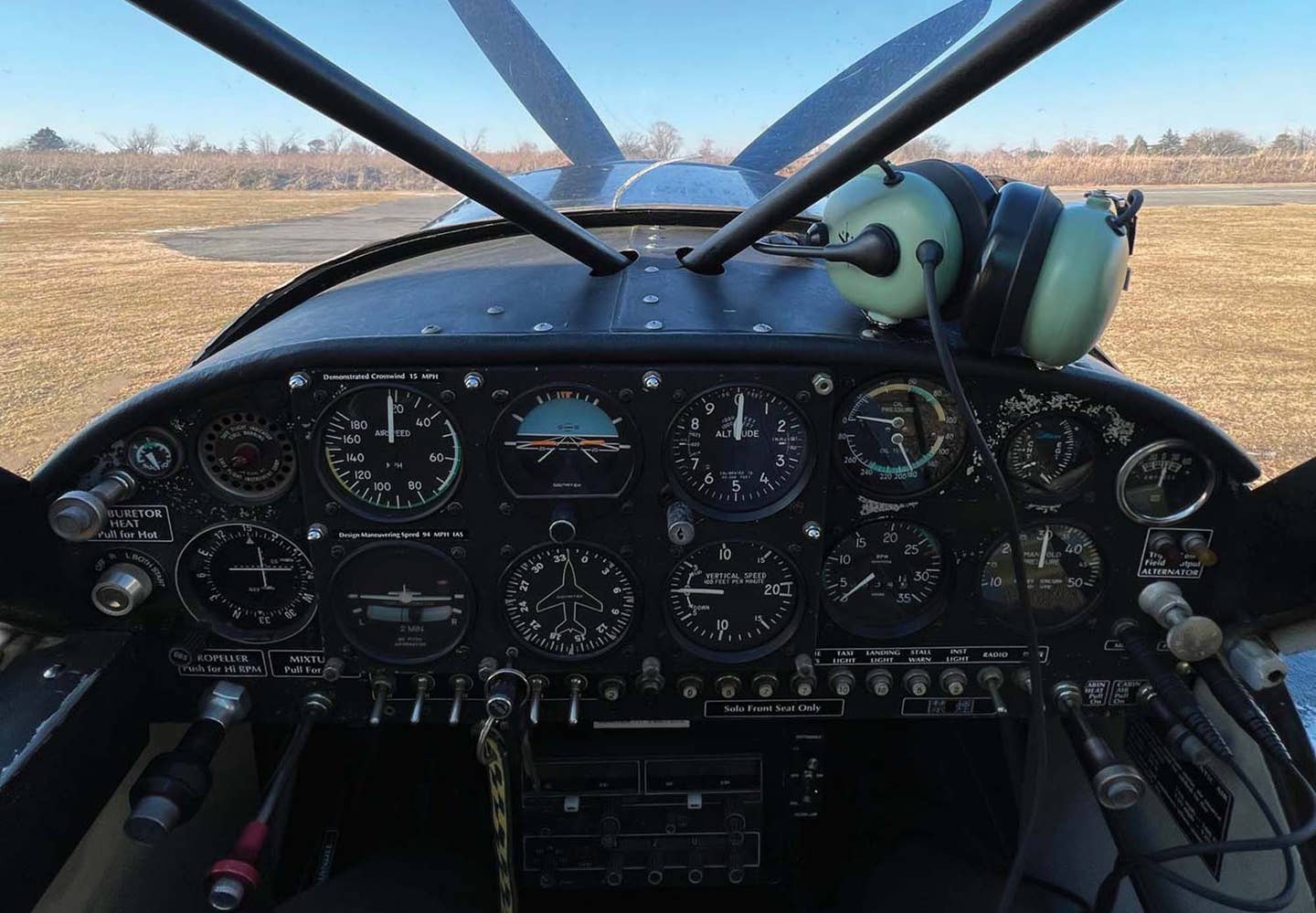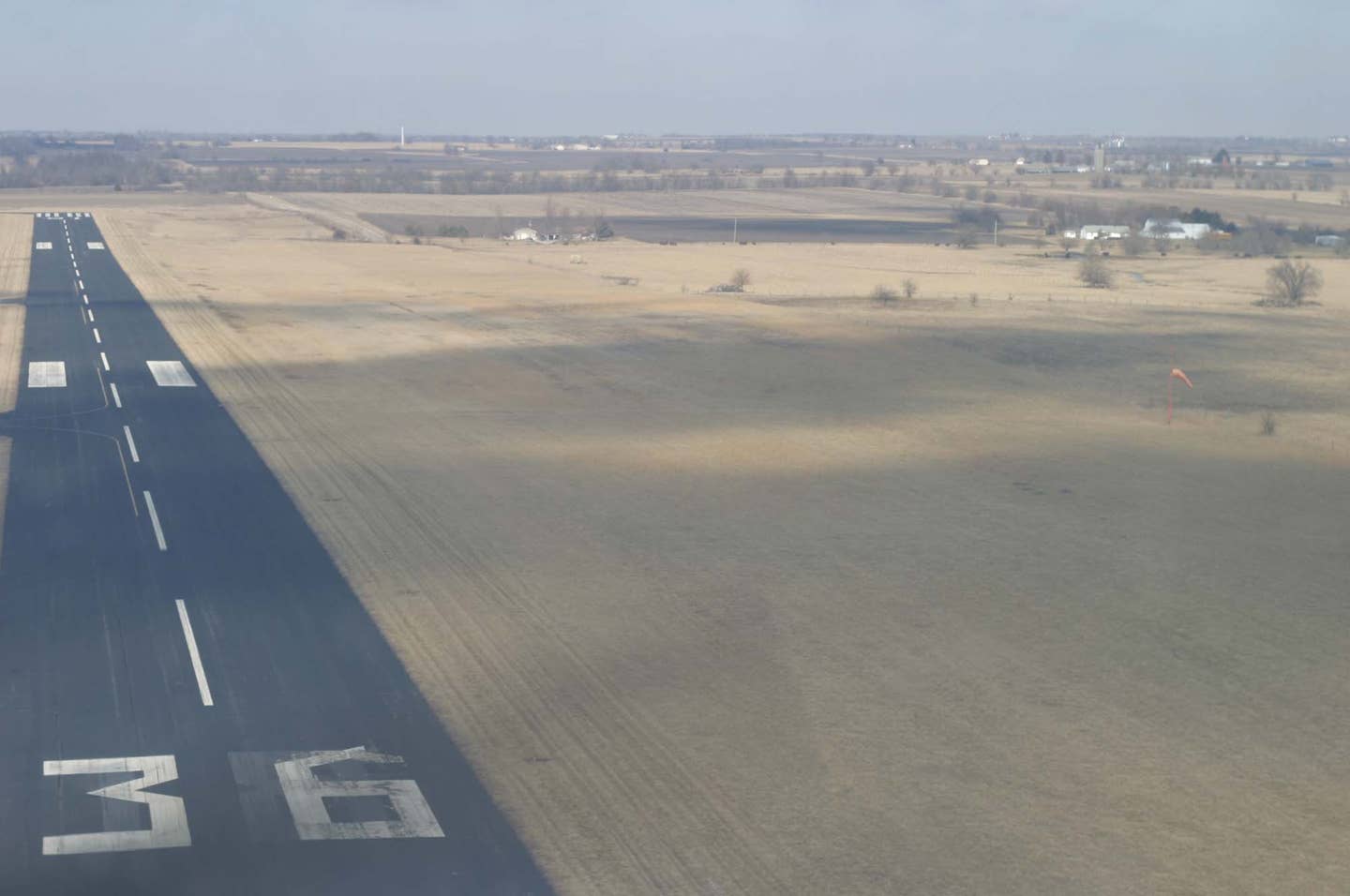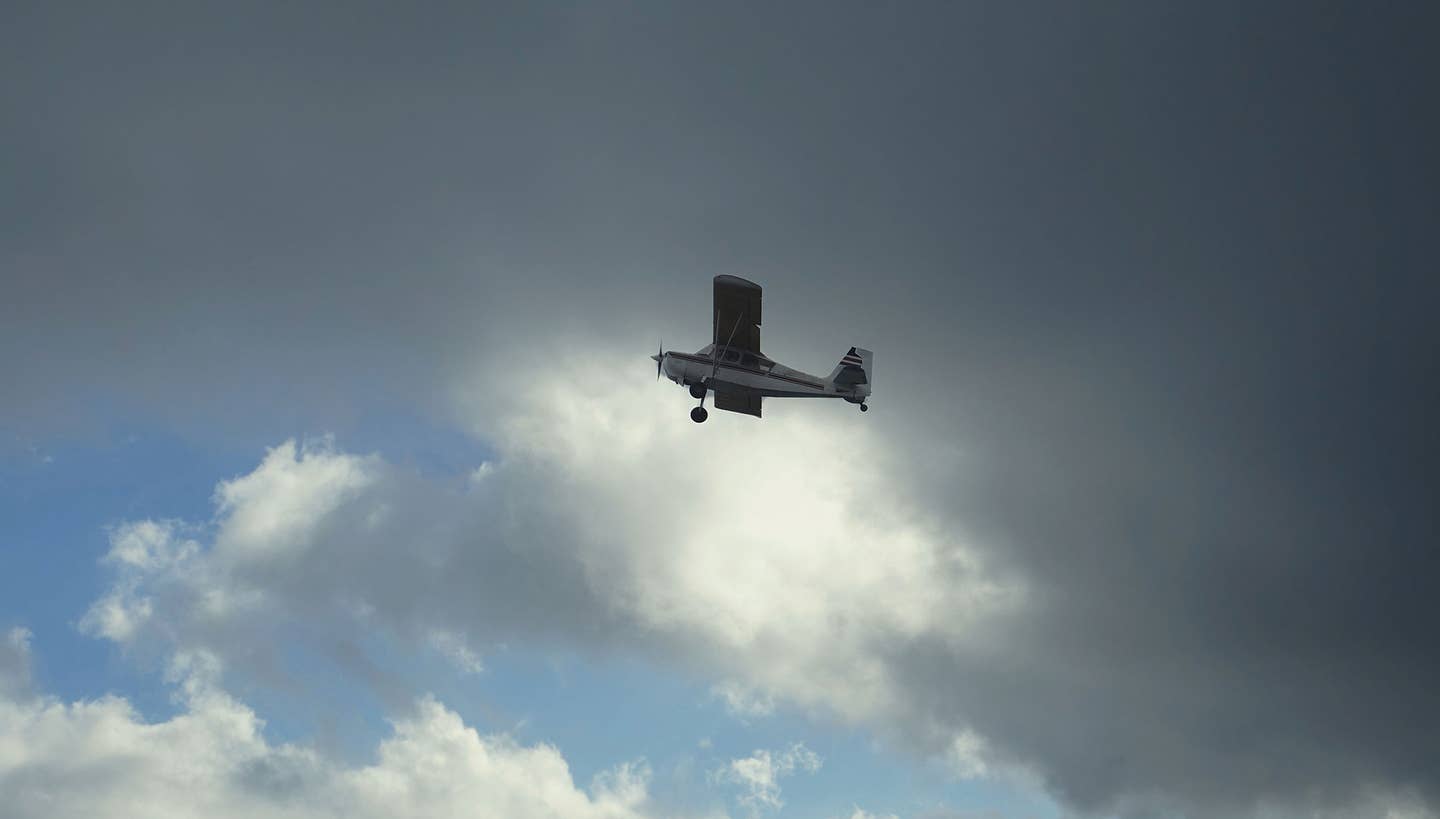Gaining Experience
Let’s be clear: Flying time is not equal to flight savvy.

Acquiring flying time is not the same as accumulating flight experience. Simple repetition of acts of aviation teaches us very little about the art of flying. It’s only when we meet varied and challenging conditions that we acquire a sense of broader scope, which brings us true understanding.
You can have 500 hours in your logbook and merely have one hour of experience repeated 500 times. Or you can make an effort to have 500 distinctive hours, each building on the one before it, thereby assuring that you’re not the same pilot you were at 100 hours.
How do you make every hour count toward growth as a pilot? By actively participating in the flight, not just being passively carried along by events. Each trip is, or can be, different in weather encountered, daylight consumed, intended purpose, or resulting outcome. You could use a variety of different flying methods—such as high-altitude or low-level, VFR flight following or total eschewing of ATC, autopilot coupling, or hand-flying—to achieve the desired conclusion. You can use the time to acquire an understanding of an automated system’s various modes and, most importantly, gain experience by finding out its limitations. The important thing is to never waste an opportunity to learn.
One morning, I encouraged a student to fly in a crosswind that I knew he was capable of handling, even though I could sense his reluctance. Only by taking on the challenge is he ever going to acquire the confidence to cope with difficult conditions. It was one small initial step on his way to becoming an experienced pilot.
These weather encounters, handled under VFR or IFR, can be undertaken more safely with a CFI, but there can never be enough dual given to see every aspect of meteorology. Instructors should take students into marginal situations (but, of course, never hazardous conditions), so they can recognize their potential hazards when they encounter similar conditions later in their career. Rain, lightning, snow, dropping overcast—these are all fearsome things to a new or recent pilot.
One does not gain the benefits of experience by avoiding challenges.
Instructors should take opportunities, in the course of a flight, to point out to students things that are not currently a hazard but can require piloting decision-making, such as “Did you see that lightning strike off there in the distance?” or “Notice that the ceiling has dropped since we began, so we’ll being staying close to base or heading back in.”
A little light rain streaming across the windshield may be harmless to an experienced CFI but unnerving to a neophyte until they are shown how to determine the right course of action. Training only on bright, sunny days does a disservice to the student, who then has to learn about bad weather on his or her own later in life.
More than just a comforting safety blanket, a CFI’s role should be to point out danger signs, establish limits, and show how to set up escape plans.
Weather is an unavoidable fact of aviation, but it can be managed with experience.
Participate, Don’t Vegetate
Close adherence to a GPS course line may seem like a total waste of time.
Who cares, after all, if the cross-track error is 0.5 or 0.3 miles when you have 50 miles to go? And we might feel that we can always couple the autopilot if we want to see precision.
But taking responsibility by hand-flying to tight tolerances while en route pays off when you have to fly in “terminal” or “approach” modes, so why not plan on rolling out exactly on course when making a fly-past turn at a waypoint? By doing so, you can use each hour to build experience, not simply add time to your totals column.
Similarly, fuel management needs active participation, not just an initial discussion during the checkout. Some airplanes have multiple fuel tanks, requiring the pilot to actively manage every drop to gain maximum range. Yet, few pilots ever come close to emptying a tank, preferring to switch tanks while the gauge is still well off the peg, leaving them with 20 gallons spread out over four sumps. This actually increases their chances of running dry at a critical moment. Better to have a CFI familiar with their aircraft show them how to use the fuel pressure gauge and boost pump to safely vacate a tank without missing a beat.
Logging your tank-switching sequence to avoid fuel imbalance also requires active participation. Lessen the strain on autopilot servos by equalizing the weight in each wing. By the same token, leaving a Cessna fuel selector on “both” until the engine dies is a sign of a plane with no pilot. If running low, isolate reserve fuel to enforce a timely diversion decision.
IFR, for Real
One of the topics discussed around airport lounges is whether to mandate a certain amount of actual IFR flying in real clouds during instrument training.
Everyone agrees that it’s desirable, but the cumbersome aspects of regulating another block to be checked off makes it difficult to put into a rule. We can’t just order up safe IMC on command, and delaying a check ride for possibly months, until the specified amount of actual IFR is logged, would make training impossible. Nevertheless, conscientious CFI-I’s will make an effort to insert as much hoodless instrument time as possible.
For newly rated instrument pilots, the goal should be to use the skills they’ve learned before they grow stale. Begin with easy IFR departures toward benign VFR conditions, climbing through a layer to on top. After such mild immersion, file an approach into a high-minimums letdown to reach a casual breakout. Following these warm-up exercises, you’re ready to go into the deep end of the pool by flying an entire trip in actual weather.
Trying New Places
Flying over and around terrain that’s vastly different from that encountered in your initial training should involve careful discussion and perhaps targeted dual instruction with a CFI familiar with the area.
I do not send student pilots into mountainous country, because their navigation skills are not yet fully formed and they might run afoul of unusual weather in the hills. Instead, I’ll offer to help them tackle a few valley airstrips after they get their certificate to familiarize them with the challenge of operating below ridge level, something best met with a mentor on board the first time.
Similar initial qualifications should be logged for coastal airports, desert expanses, snow-covered terrain, and any area that differs widely from one’s home surroundings. It doesn’t always take an instructional flight, but employing resources before venturing off the beaten path is wise preparation for building experience.
Airspace challenges offer similar opportunities to grow as a pilot. Many young pilots don’t have the chance to fly into Class B airspace during training, leaving them with more to learn after the check ride.
Avoidance is not going to provide growth. The secret is to work up the ladder by building proficiency at a variety of Class D airports, not just the home field, then make a jaunt to a Class C facility to familiarize yourself with approach control procedures, and after that take a trip into the Class Bravo with someone who’s intimately familiar with that particular location. While procedures are standardized throughout the ATC system, every big airport has secrets known only to the cognoscenti.
One does not gain the benefits of experience by avoiding challenges. All of us find some flying tasks distasteful, but they’re necessary if we’re going to grow as a pilot.
If we want to get good at fighting our way into a short strip in a crosswind with a loaded taildragger, we have to work on gradually adding experiences to our logbook, the ones that create a true 500-hour pilot, not a low-time aviator with 500 hours logged.
Images: Adobe Stock

Subscribe to Our Newsletter
Get the latest Plane & Pilot Magazine stories delivered directly to your inbox

